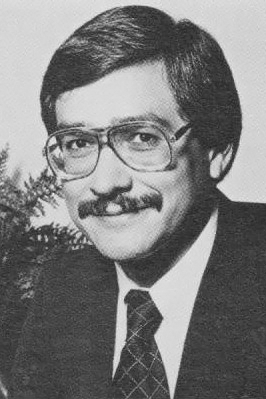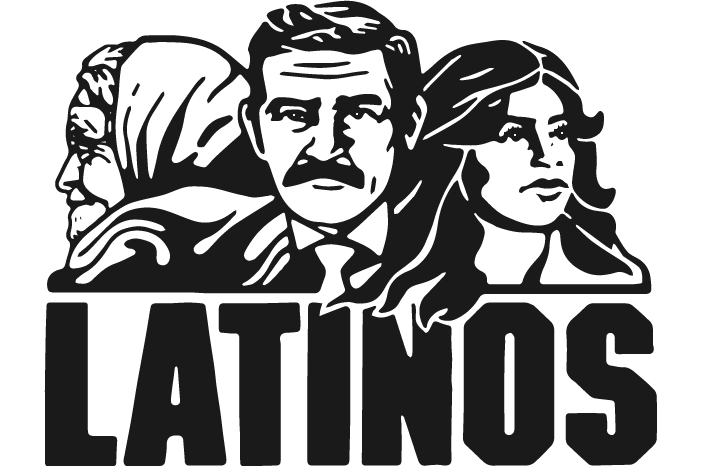After contributing to the series with his articles on politics, Frank del Olmo contributed again in his weekly column that reviewed the series articles. He found a common theme: Latinos wanted “acceptance not only as individuals but of their cultural heritage.”
Acknowledging differences among the Latino communities, Del Olmo still found “notions and issues that unify most Latinos, even across class and political lines. One is that cliché-burdened but still viable concept Latinos call el Sueño Americano.… The American Dream is still very much alive in the barrio.”

Del Olmo’s column was in line with what Ramos had said at the beginning of our work: We are not much different from other Americans. Latinos define the American Dream, Del Olmo wrote, “the same way most other Americans do, with decent pay, a nice home in a pleasant neighborhood, an enjoyable family life and a secure future for their children.” Del Olmo also wrote an editorial titled “Of Diversity and Strength,” published on the final day of the series. The concluding paragraph said: “Like every other ethnic group in American history, Latinos are being changed as they blend into the society around them, a process that can sometimes be painful. But, like those other ethnic groups, Latinos are making unique contributions to American life as they move into the mainstream. And, despite the fears of a few people on both sides, we remain convinced that the Latino community and American society as a whole will emerge even stronger and richer for the experience.”
We did not know how significant the editorial would be.
Series stories were published over three weeks, beginning July 24, 1983. Terry Schwadron, then Metro executive news editor, conferred with Managing Editor George Cotliar to ensure adequate space to showcase the articles. Schwadron worked on design and on graphics with Tom Trapnell, on layout with Rick Collins and on copy editing and headlines with the Metro copy desk. He also coordinated with Doug Connor and other researchers in the Times Editorial Library and with the production staff. Steve Lopez of the Art Department, drew a three-person logo for the series.

The stories got prominent display; almost all ran on the front page, continuing inside the first section with a full page or more of text, photos and graphics. The final pieces of the series were published on Sunday, August 14, 1983.
It is worth noting that two articles produced by our team were published before the series. In one, Julio Moran described the experiences of students who were among the first sizeable contingents of Mexican Americans at Ivy League universities. A second story, researched and written by Louis Sahagun, analyzed reasons for the high incidence of diabetes among Latinos. During that era, the Times had vigorous Orange County and San Diego Editions. David Reyes wrote a profile of Latinos in Orange County and Montemayor did the same in San Diego.
Laudatory calls and letters
Laudatory phone calls and letters began arriving even while the stories were still being published. Six letters to the editor, published August 8, offered high praise. We got requests to speak to community groups and made a presentation at California State University, Northridge.
“For months after the series appeared,” Rivera Brooks recalled, “people would thank me for my part in producing what they saw as important and groundbreaking work, stories that showed Latinos in many lights beyond the gangbanger. These were not only members of the Latino community but also sources at some of the large, mainstream corporations that I was covering.”
On behalf of team members, I wrote to Noel Greenwood, arguing against making the series a one-time enterprise and urging continued coverage of the Latino community.
4,000 reprint books distributed
In response to the positive reaction to the series and requests for reprints, Publisher Tom Johnson approved printing of a paper-bound book with all the stories and photos. About 4,000 copies were distributed free to libraries, schools and individuals. Reviewing the book in The Times of the Americas, reviewer “J.W.C.” called the series “the most comprehensive and meaningful interpretive group of articles this reviewer has seen in any newspaper.…”
I don’t recall giving much thought to a Pulitzer. We were caught up in the work. Much later, in an interview with filmmaker Roberto Gudiño, Ramos recalled that Del Olmo had once remarked, “You know, this could really be groundbreaking. This is the kinda stuff that wins Pulitzers.”
It was only in late 1983, as we saw other Times entries being assembled for Pulitzer nomination, that Del Olmo, Ramos and I decided to meet with Greenwood, who referred us to Thomas. The fact that Thomas turned us down twice before saying OK is little known outside our Latino team.
Entry shipped to Columbia
When the nomination was shipped to Columbia, we felt a sense of satisfaction that our work had been recognized with this nomination. We settled back to our regular assignments.
On March 16, 1984, the Times hosted its annual editorial awards ceremony at the Beverly Wilshire Hotel in Beverly Hills.
When the award announcements began, we cheered as José Galvez was honored for best feature photography for his Latino series work. We awaited the announcement for the top award of the night, the best article or series not affected by deadline. Would we win? Well, no, the editors honored in-depth stories describing the evolution of the country’s military-industrial complex. They were reported and written by Times heavyweights Bob Scheer, Rone Tempest, David Treadwell, Norman Kempster and David Wood. And what about the Latino series? Oh yes; as Louis Sahagun recalls, it was cited as honorable mention.
Unbeknownst to us, the military-industrial series and ours had already bumped into each other in Pulitzer judging.